pyrex.askaryan.AVZAskaryanSignal¶
-
class
pyrex.askaryan.AVZAskaryanSignal(times, particle, viewing_angle, viewing_distance=1, ice_model=<pyrex.ice_model.AntarcticIce object>, t0=0)¶ Class for generating Askaryan signals according to AVZ parameterization.
Stores the time-domain information for an Askaryan electric field (V/m) produced by the electromagnetic and hadronic showers initiated by a neutrino.
- Parameters
- timesarray_like
1D array of times (s) for which the signal is defined.
- particleParticle
Particleobject responsible for the showers which produce the Askaryan signal. Should have anenergyin GeV,vertexin m, andid, plus aninteractionwith anem_fracandhad_frac.- viewing_anglefloat
Observation angle (radians) measured relative to the shower axis.
- viewing_distancefloat, optional
Distance (m) between the shower vertex and the observation point (along the ray path).
- ice_modeloptional
The ice model to be used for describing the index of refraction of the medium.
- t0float, optional
Pulse offset time (s), i.e. time at which the showers take place.
- Raises
- ValueError
If the particle object is not a neutrino or antineutrino with a charged-current or neutral-current interaction.
See also
pyrex.FunctionSignalClass for signals generated by a function.
pyrex.ParticleClass for storing particle attributes.
Notes
Calculates the Askaryan signal based on the AVZ parameterization [1]. Matches the NuRadioMC implementation named ‘Alvarez2000’, including the LPM effect correction added based on an earlier paper by Alvarez-Muniz and Zas [2].
References
- 1
J. Alvarez-Muniz et al, “Calculation Methods for Radio Pulses from High Energy Showers.” Physical Review D 62, 063001 (2000). arXiv:astro-ph/0003315 DOI:10.1103/PhysRevD.62.063001
- 2
J. Alvarez-Muniz & E. Zas, “The LPM effect for EeV hadronic showers in ice: implications for radio detection of neutrinos.” Physics Letters B434, 396-406 (1998). arXiv:astro-ph/9806098 DOI:10.1016/S0370-2693(98)00905-8
- Attributes
- times, valuesndarray
1D arrays of times (s) and corresponding values which define the signal.
value_typeSignal.Type.fieldType of signal, representing the units of the values.
TypeEnumEnum containing possible types (units) for signal values.
- em_energyfloat
Energy (GeV) of the electromagnetic shower producing the pulse.
- had_energyfloat
Energy (GeV) of the hadronic shower producing the pulse.
dtThe time spacing of the times array, or
Noneif invalid.frequenciesThe FFT frequencies of the signal.
spectrumThe FFT complex spectrum values of the signal.
envelopeThe envelope of the signal by Hilbert transform.
Methods
Type(value)Enum containing possible types (units) for signal values.
copy()Get a copy of the
FunctionSignalobject.filter_frequencies(freq_response[, force_real])Apply the given frequency response function to the signal, in-place.
resample(n)Resamples the signal into n points in the same time range, in-place.
set_buffers([leading, trailing, force])Set leading and trailing buffers used in calculation of signal values.
shift(dt)Shifts the signal values in time by
dt.with_times(new_times)Returns a representation of this signal over a different times array.
